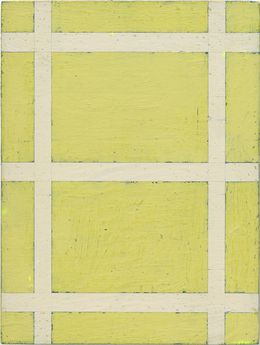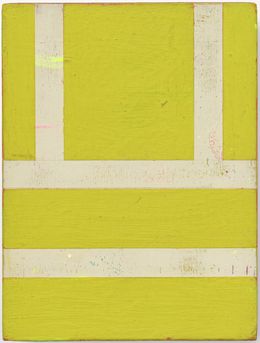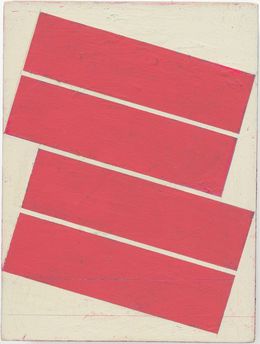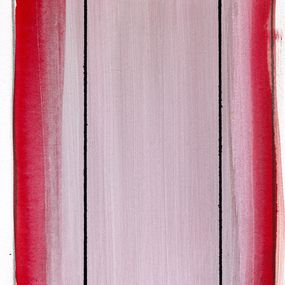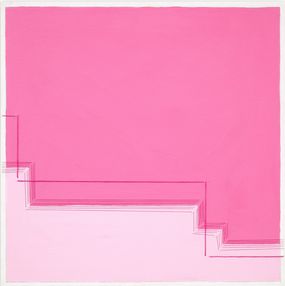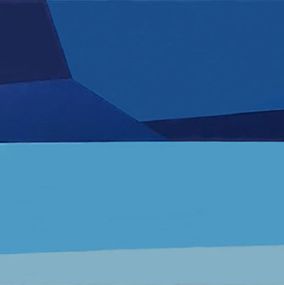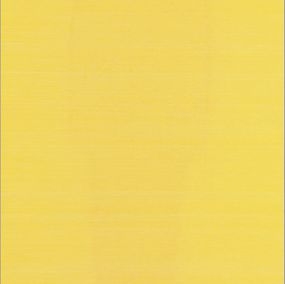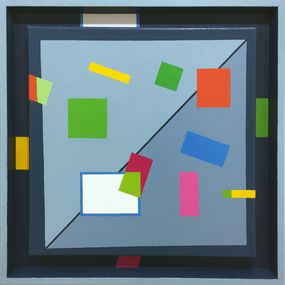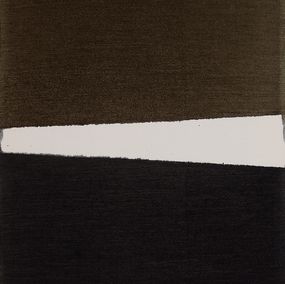

Biography
Alain Biltereyst creates abstract paintings with simple, pared-down geometrical compositions. His paintings, often small in size, explore the poetry of form according to the principle of “less is more". They reflect, and reflect upon, the legacy of modernism.
These are not, however, geometrical utopias devoid of meaning. Lines and rectangles, grids and squares juxtaposed in Alain Biltereyst's works are embedded in a context. Fragments of the modern world appear between the lines of his abstract vocabulary. Here and there, the viewer can discern commercial symbols, logos tattooed on the bodies of trucks, typographical designs printed on billboards or packaging. These hidden references combine with abstract and geometrical forms, as if to remind us that in the 70s and 80s, graphic designers turned toward abstract art for fresh and modern inspiration. With Alain Biltereyst, it is the other way around: his art refers to and draws its inspiration from graphic design. In this way, he completes a cycle.





